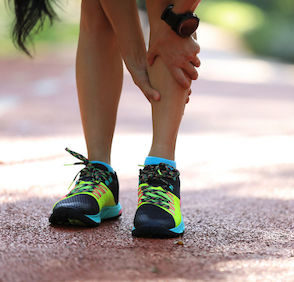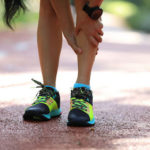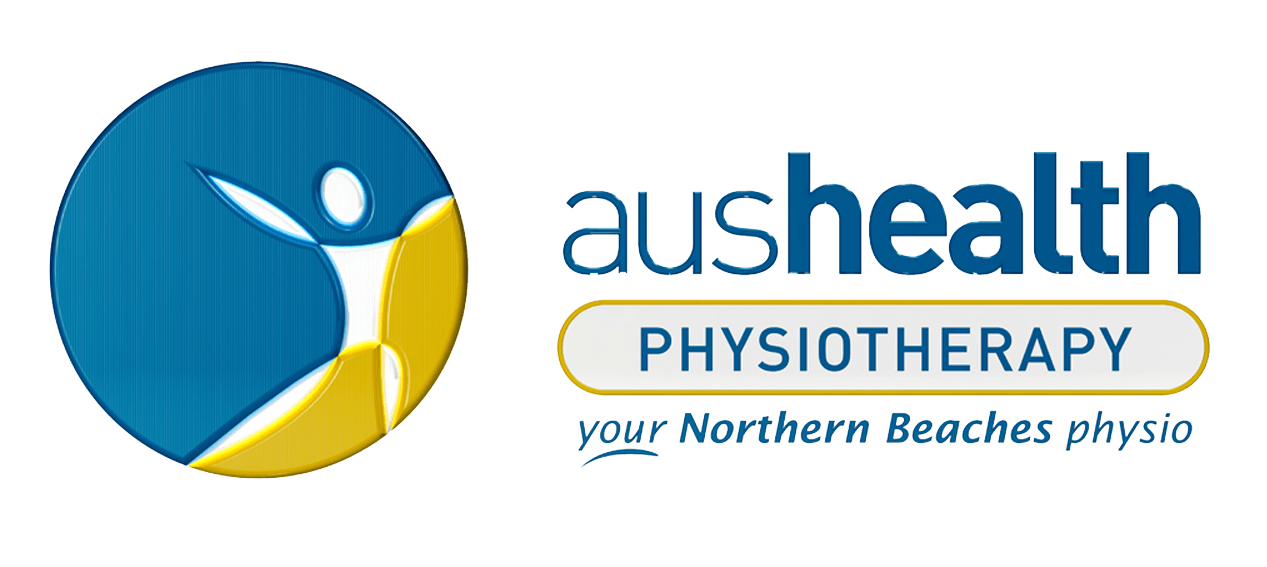

Are you a dancer, field sport athlete or just enjoy going for a run? Have you ever had pain in your lower leg around the shin bone that impacts on your ability to do your sport? Pain in this area is commonly caused by Shin Splints (Or Medial Tibial Stress syndrome) and it could be affecting you. So……. what are Shin Splints?
Shin splints are a result of fatigue and trauma to the muscles, tendons and fascia of the lower leg around the tibia (shin) bone. The pain you feel is a result of these structures partially pulling away from the bone, as well as the inflammation that occurs secondary to this.
The most common reason for this is overloading of the tissues mentioned above. Overloading of the tissue can be due to errors in training such as frequency, volume and the type of training, or due to biomechanical issues such as tight muscles and poor running technique. Below is a few of the common causes of shin splints:
- Changes in training load (intensity, frequency, duration, type of exercise)
- Exercising on hard surfaces or uneven ground
- Exercising again after a long period of rest (e.g. holiday)
- Improper footwear
- Tight muscles
- Weakness or fatigue
- Poor running technique
The best treatment for shin splints is rest, especially if you are in considerable amounts of pain. Rest will allow the inflammation to settle around the shin bones and allow the pain to settle. Rest however will not “fix” the problems that are causing your shin splints, and rest may even cause further problems down the track, especially if you do not ease back into exercise after a long period of rest.
Seeing a Physiotherapist will help speed the healing process up and decrease the risk of your shin splints reoccurring. Below are a few examples of areas that will need to be addressed to alleviate your symptoms and prevent your shin splints from getting worse.
Stretching:
Stretching your calf muscles at the back of your leg will help take the pressure off the muscles and tendons at the front of your leg, which are causing the pain. The calf muscles are a key area we see that is commonly tight in patients presenting with shin splints. It can subsequently affect running technique and ankle mobility, 2 key area’s that can cause shin splints.
Strength:
Lack of strength and endurance in the muscles around your shins and lower limb will increase the stress placed upon them. Weakness and fatigue can also lead to changes in running/walking technique and biomechanics… even within a singular bout of exercise.
Footwear:
Improper footwear or a change in footwear may be a hidden cause of your shin splints. Make sure you check your shoes are doing what they are supposed to and are not harming your feet, and if you are unsure go get them checked by a physiotherapist or podiatrist.
Ankle mobility:
Ankle mobility is crucial to proper walking and running biomechanics and can play a big role in shin splints. You may unknowingly have reduced mobility in one or both of your ankles, or you may have had recurrent ankle sprains that have caused stiffness in one of your ankles. Either way, this is another reason you should be booking in to see a Physiotherapist so you can get this assessed and treated.
Running/Walking technique:
This can also be the reason as to why your shin splints have developed, and should always be assessed before you go back to exercising once your symptoms have settled. If you don’t address these issues with a Physiotherapist there is a good chance you will continue to aggravate your shins when you do exercise again.
Some guidance from a Physiotherapist will go a long way in helping you and your shin splints, no matter what stage of injury, or stage of recovery you are. It will give you the best chance at a quick, full recovery, as well as decreasing the risk of re-injury when you do go back to exercise.

If you are suffering from shin splints or are not sure if you have shin splints in the first place, get in touch with us and book in a session online, or by calling us on 9905 0048.
Post by – Ryan Farrell

